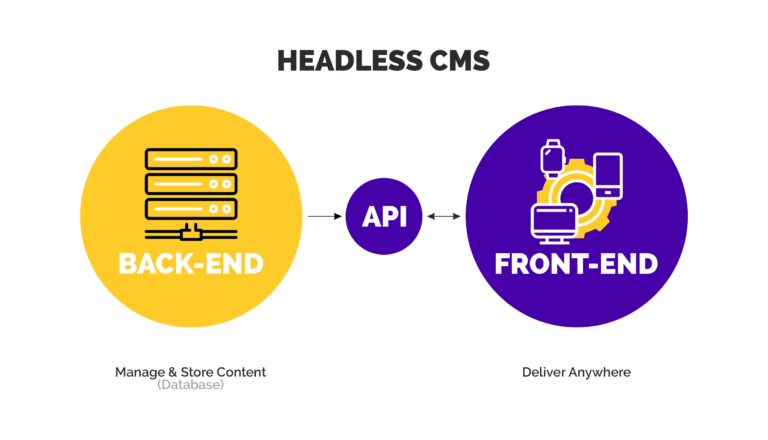Website security is an important aspect of maintaining a professional and functional website. Joomla is a powerful content management system, but like any website, it can be vulnerable to security threats. In this guide, we'll show you how to secure your Joomla website and protect it from common security threats, including how to keep your Joomla core and extensions up to date, create strong passwords, and use security extensions.
Contents
Keeping Joomla Core and Extensions Up to Date
One of the most important steps in securing your Joomla website is to keep your Joomla core and extensions up to date. Joomla releases regular updates to address security vulnerabilities and bugs, so it's important to make sure you are running the latest version. Additionally, third-party extensions also receive updates to address security vulnerabilities, so make sure you are running the latest version of any extensions you are using.
Creating Strong Passwords
Another important aspect of securing your Joomla website is to create strong passwords. Strong passwords are essential for protecting your website from brute force attacks, and it's important to use a combination of letters, numbers, and special characters to create a secure password. Additionally, it's also important to use different passwords for different accounts, so that if one password is compromised, your other accounts remain secure.
Using Security Extensions
Joomla has a wide range of security extensions available that can help you secure your website. These extensions can help you protect your website from common security threats such as SQL injection, XSS, and brute force attacks. Some examples of security extensions include:
- Two-factor authentication
- Login lockdown
- Security audit
- Firewall
- Malware scanner
By using these extensions, you can add an extra layer of security to your website and protect it from common security threats.
Other Best Practices
In addition to the above, there are other best practices you can follow to secure your Joomla website. Some examples include:
- Restricting access to the backend
- Disabling error reporting
- Using HTTPS
- Backing up your website regularly
- Monitoring your website for suspicious activity
By following these best practices, you can ensure that your Joomla website is secure and protected from common security threats.
Conclusion
Securing your Joomla website is an important aspect of maintaining a professional and functional website. By following best practices such as keeping your Joomla core and extensions up to date, creating strong passwords, and using security extensions, you can protect your website from common security threats. Additionally, by monitoring your website for suspicious activity and implementing other best practices, you can maintain optimal security and keep your website running smoothly.






